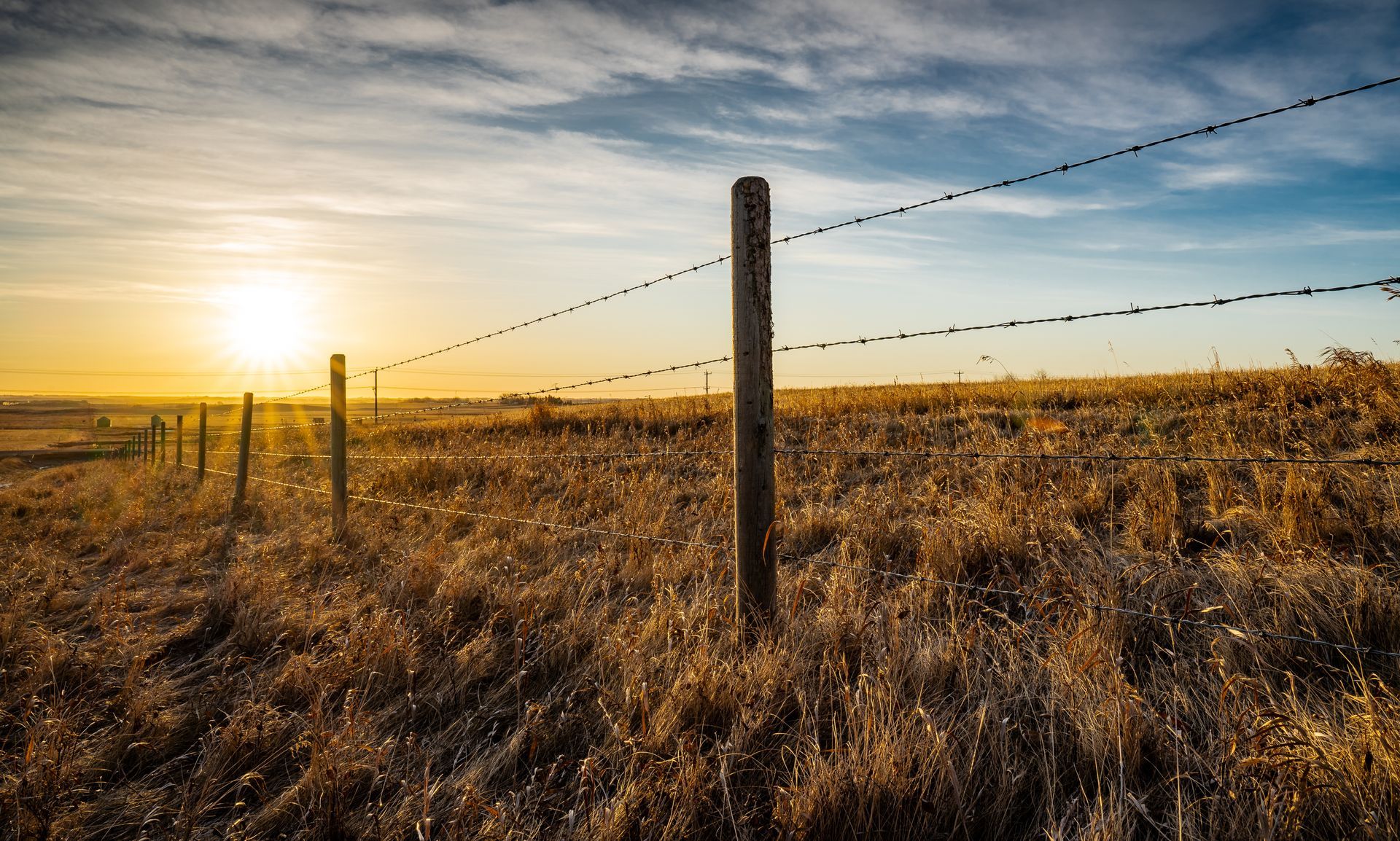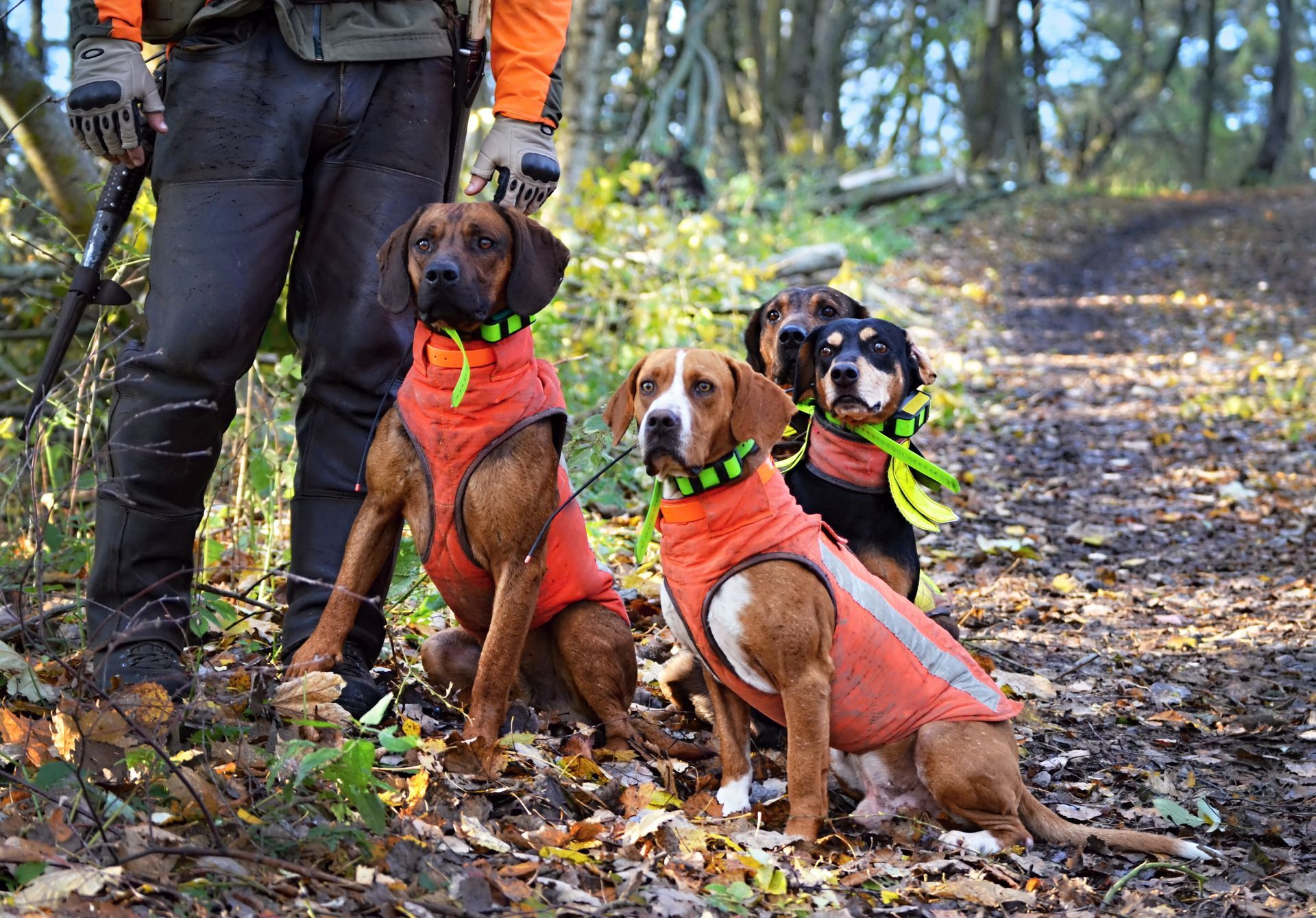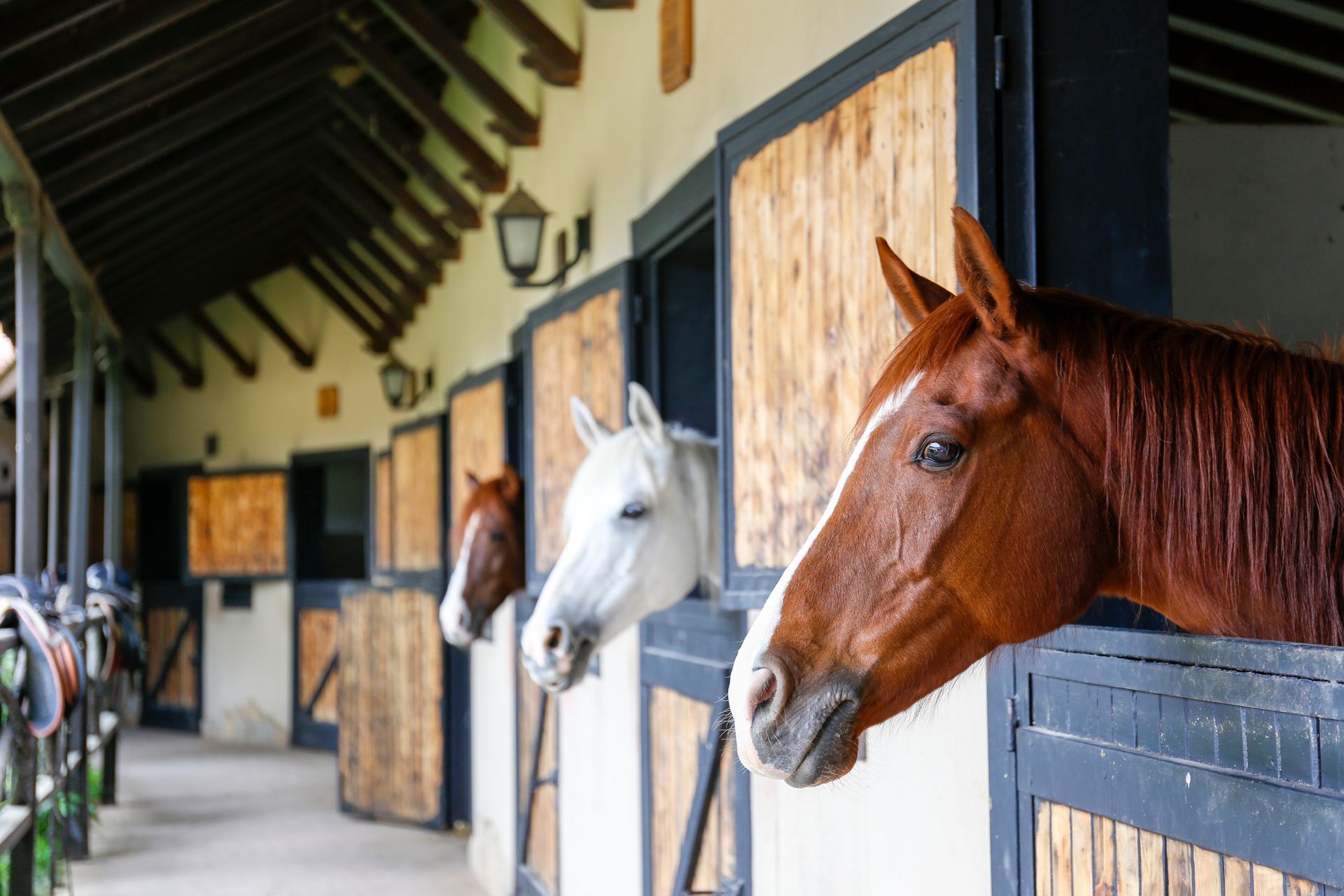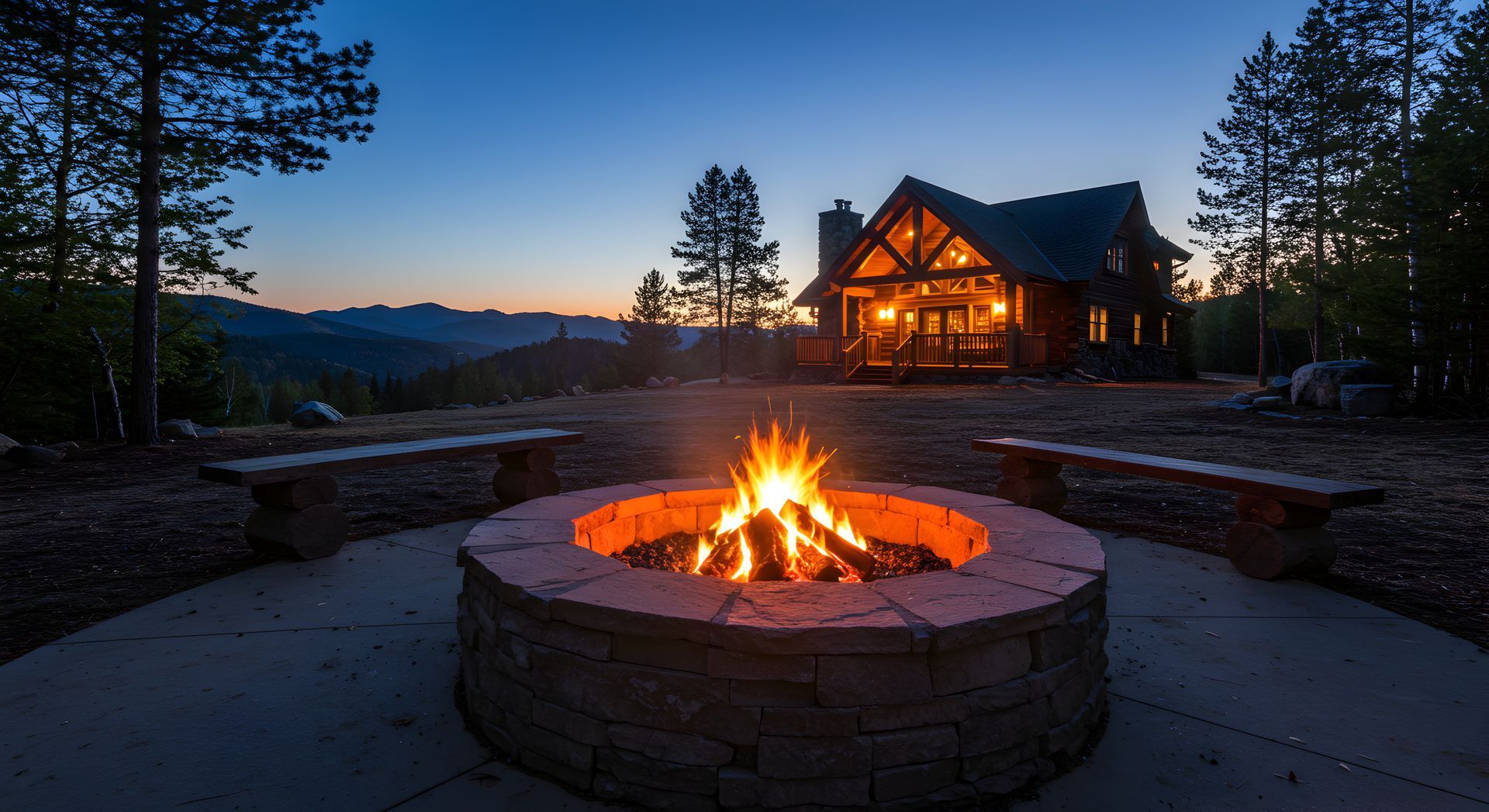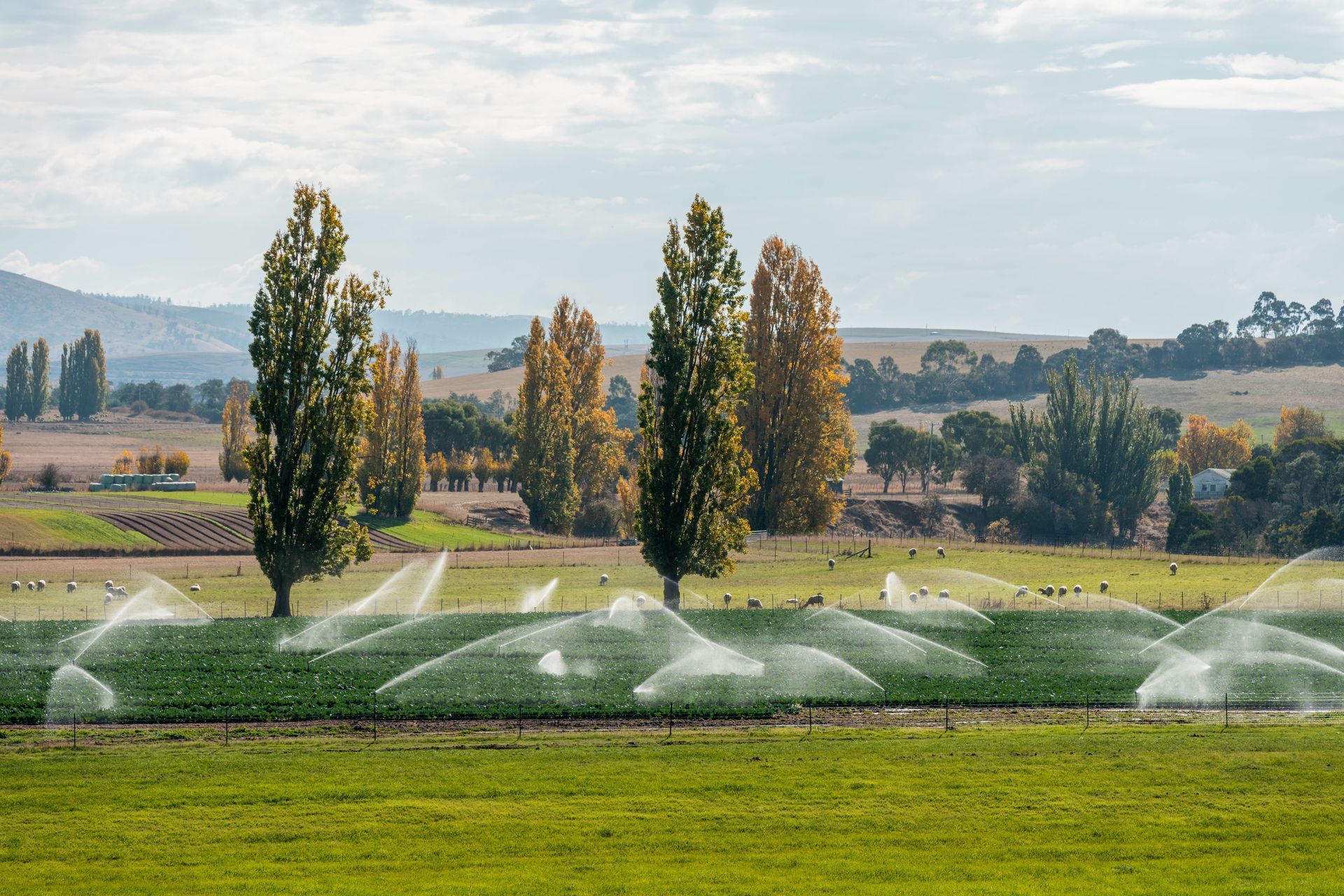How Horseback Riding Trails Are Maintained on Preserves

Horseback riding has a long history in Texas and remains one of the most enjoyable ways to explore the state's wide-open landscapes, from rugged trails to scenic private preserves. But while riders enjoy the freedom of winding trails and shaded paths, few consider the ongoing work it takes to keep those trails safe, rideable and sustainable year after year.
Maintaining horseback riding trails on preserves isn’t as simple as occasional trimming or clearing. It requires thoughtful planning, erosion control, regular upkeep and careful consideration of both horse and environmental impact.
Why Trail Maintenance Matters
Unlike hiking or biking trails, horseback riding paths must account for the weight and impact of large animals. Horses can displace soil, damage vegetation and contribute to erosion when trails aren’t properly maintained. Over time, poorly managed trails can become uneven, unsafe or even impassable, posing risks to both rider and horse.
Effective maintenance not only keeps trails in good shape, it also helps protect natural ecosystems, prevent sediment from washing into nearby waterways and extend the life of the trail for future riders.
Erosion Control: The Heart of Long-Term Trail Health
One of the biggest challenges in maintaining equestrian trails is managing erosion. Whether caused by water runoff, hoof impact or weather events, erosion can damage trail surfaces and lead to ruts, washouts or dangerous drop-offs. Land managers on preserves can utilize several strategies to combat erosion, including:
1. Proper Trail Design and Alignment
Before a single hoof touches the trail, planners invest time in designing paths that follow the natural contours of the land. Trails are often routed along ridges, on gentle slopes or through areas with well-drained soil to reduce water collection and runoff. Trails that go straight up or down hills are more prone to water erosion and are generally avoided.
2. Grade Reversals and Rolling Dips
To keep water from running straight down a trail, trail designers build in grade reversals (gentle dips and rises) and rolling grade dips that encourage water to drain off the side. These small features make a big difference in preventing the formation of gullies and washouts.
3. Armoring and Surface Reinforcement
In high-traffic or wet areas, trail managers may reinforce surfaces with gravel, rock or geotextile fabric to help stabilize the ground. These “armored” sections are particularly useful at water crossings, on slopes or where heavy use has compacted soil and worn away vegetation.
4. Drainage Features
Culverts, water bars and out-sloping are used to divert water off the trail and into surrounding vegetation. These systems are inspected and maintained regularly, especially after heavy storms, to ensure they’re functioning properly.
Routine Upkeep and Monitoring
Preserve and park staff often follow scheduled trail inspections to spot early signs of wear and tear. Maintenance crews or volunteers may walk or ride the trails to assess their condition, clear debris and identify areas needing attention.
Some key upkeep tasks include:
- Clearing fallen branches and brush to ensure trails remain accessible
- Regrading trail surfaces to smooth out ruts and compacted areas
- Repairing trail features such as fences, gates or signage
- Replanting vegetation or stabilizing edges to protect adjacent habitats
In some cases, trails may be temporarily closed during wet seasons or after major storms to prevent excessive damage.
Volunteer Programs and Community Involvement
Many public and private preserves rely on equestrian clubs and volunteer groups to support trail upkeep. These organizations often "adopt" sections of trail, conduct clean-up days and participate in minor maintenance projects like clearing brush or improving water drainage.
Not only does this reduce strain on park staff, but it also fosters a strong sense of ownership and stewardship among the horseback riding community.
Sustainable Trail Etiquette
Trail preservation is a shared responsibility. Riders can support maintenance efforts by following basic trail etiquette:
- Avoid riding during or immediately after heavy rain, when the trail is most vulnerable
- Stay on designated paths to prevent widening or off-trail damage
- Report downed trees, erosion or trail hazards to staff
- Clean up after horses, especially in high-traffic or shared-use areas
These small efforts help maintain trail quality and show respect for the land and other users.
The Importance of Preserved Space
While few private ranches or properties have the space to maintain long, winding trails for riding, public lands and managed preserves provide the ideal setting. For example, a unique private preserve like Ranger Ridge, which boasts more than 3,000 acres, can maintain a robust trail system that’s available exclusively to members.
Having access to carefully planned and maintained private horse trails, without the burden of infrastructure or upkeep, is just one of many reasons why Ranger Ridge membership is such an exceptional deal.
Saddle Up at Ranger Ridge in North Texas
Located in the heart of North Texas ranch country, Ranger Ridge offers a private, gated community with access to nature, wide open views and a members-only trail systems that lets you ride without compromise.
Call Ranger Ridge today at (940) 424-2678 to book your tour and learn how you can live the equestrian lifestyle in a place that connects you to both luxury and the great outdoors.


